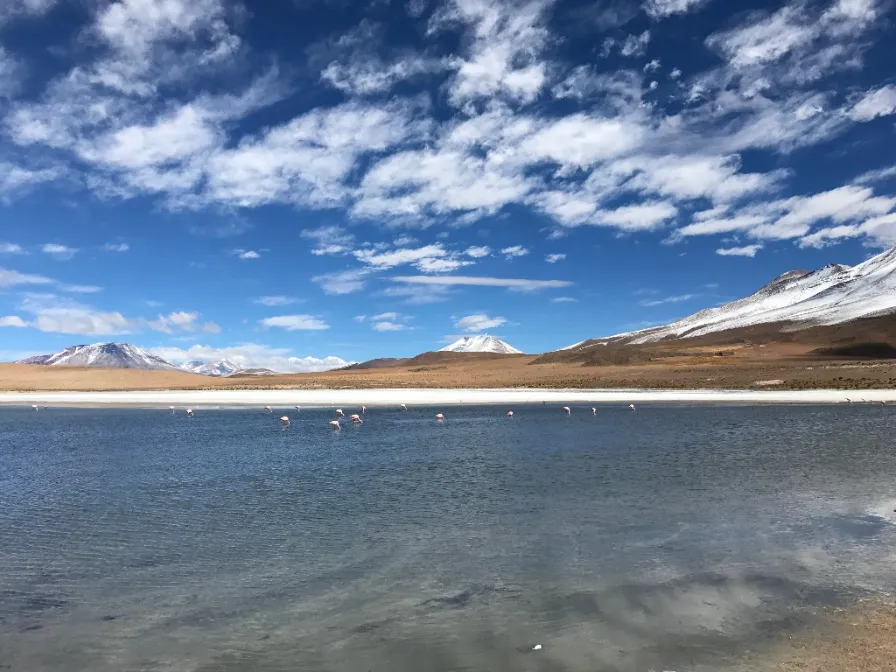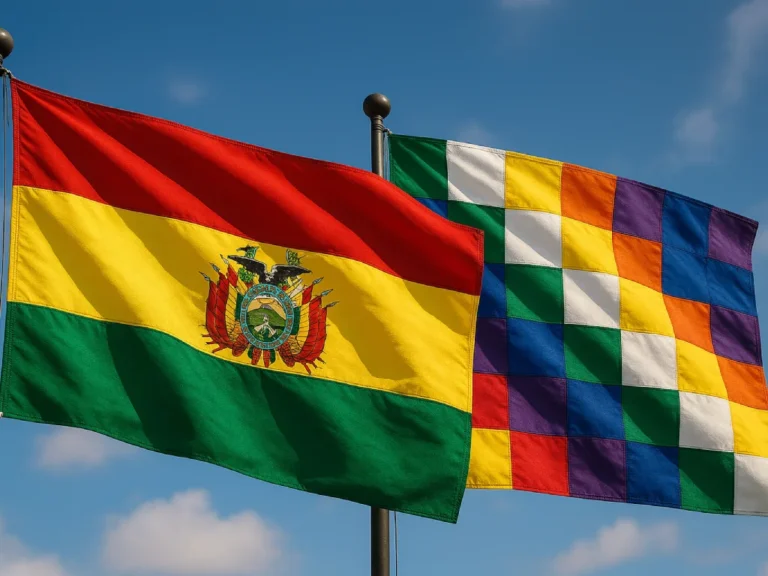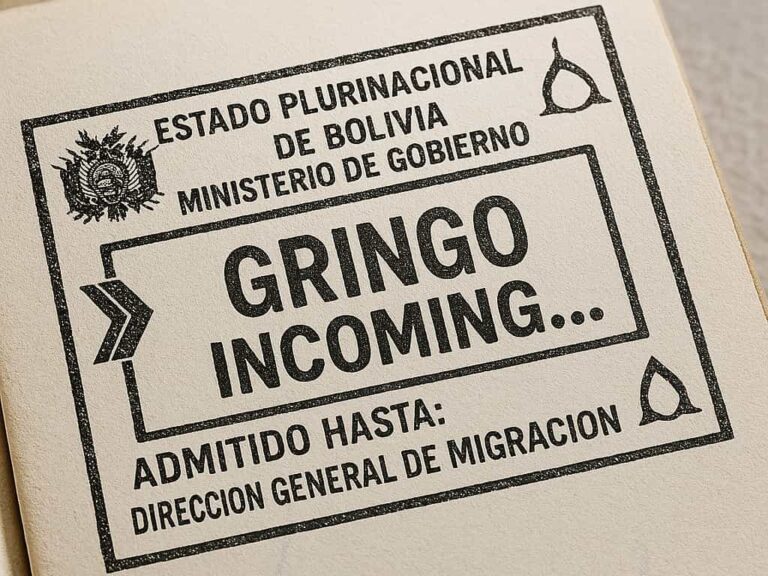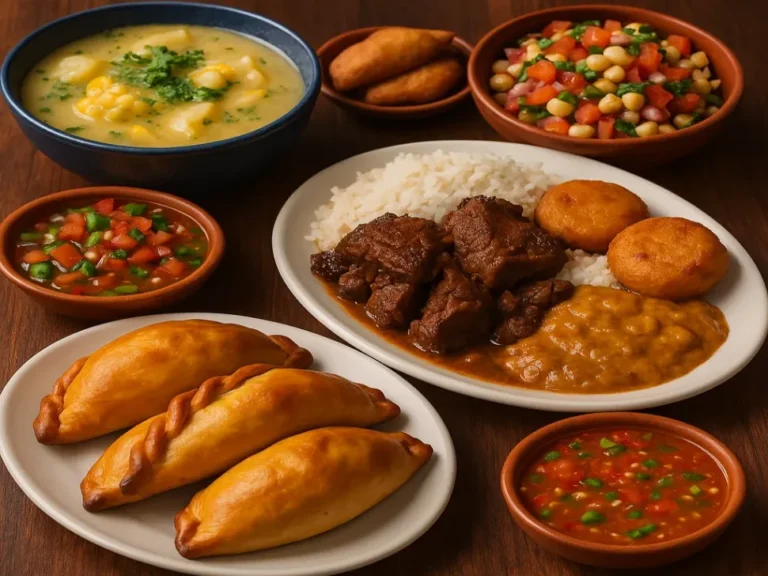What Is the Climate in Bolivia? A Quick Guide to Seasons & Regions

What is the climate in Bolivia? It’s a fair question, especially since the weather here isn’t exactly one-size-fits-all. You’d think being a landlocked South American country would make things simple – but Bolivia’s got everything from tropical heat to chilly mountain air, sometimes in the same day.
If you’re planning a trip or just curious how it all works, here’s the lowdown on Bolivia’s climate – by region, season & altitude.
So… What Is the Climate in Bolivia Like?
Right, let’s not beat around the bush – Bolivia has varied climate zones. That’s the polite way of saying the weather changes wildly depending on where you are. The main reason? Altitude. You can go from humid Amazonian lowlands to freezing high-altitude cities in a few hours.
In general, Bolivia’s climate is split into:
Tropical in the east (think Santa Cruz & the Amazon basin)
Temperate to cool in the valleys (like Cochabamba)
Cold & dry in the highlands (La Paz, Potosí, Uyuni)
Bolivia’s Climate by Region
Altiplano (Highlands)
Up here, you’re often over 3,500 metres above sea level. The air’s thin, the sun’s intense & the nights can be mega freezing.
Daytime: 10–15°C
Night: Often below 0°C, especially in June–July
Rainy season: November to March
The highlands are dry most of the year, but when it rains – roads get messy. If you’re heading to Salar de Uyuni, expect mirror-like reflections in rainy season & cracked salt crust in dry months. Don’t worry, both are still amazing as I was privileged enough to experience!
For more on planning your trip around the weather, here’s when to visit the Bolivia salt flats without regret.
Yungas & Lowlands
This region is where the jungle starts. Towns like Rurrenabaque sit at much lower altitudes – and it shows in the weather.
Hot & humid: 25–35°C most of the year
Rainy season: Heavy rainfall Nov–Feb
Best time to visit: May–September (drier, still warm)
If you’re brave (or mildly unhinged), this is also where you’ll find Bolivia’s Death Road bike tour.
Valleys (Cochabamba Region)
A bit of a sweet spot. Warm days, cool nights, not too much rain. No wonder it’s nicknamed The City of Eternal Spring.
Typical temps: 18–25°C
Mild year-round: Great for those who hate extremes
Occasional rain: Mainly in summer months
When is winter in Bolivia? Seasons Explained
Wondering how weather shifts month to month? Bolivia’s climate by month isn’t perfectly predictable, but follows some useful seasonal rules… however its seasons are pretty straightforward if you’re used to southern hemisphere logic:
Summer (Nov–Mar): Warm & wet – rainstorms can hit hard, especially in the tropics
Winter (May–Aug): Dry & cooler – great for travel, less mud, clear skies
Shoulder seasons (Apr & Sep–Oct): Mild transitions, usually decent weather
If you’re juggling dates, here’s the best time of year to visit Bolivia based on what you’re after – dry skies, festivals or mirror lakes.
What is the climate in Bolivia in July?
In July, Bolivia’s highland regions like La Paz can be cold at night, often dropping below 0°C, with sunny but crisp days.
The valleys stay mild & pleasant, while the lowlands, including areas like Santa Cruz, are warm with low humidity. It’s part of the dry season, so skies are usually clear across the country.
Packing Tips Based on Bolivia’s Climate
Highlands: Layers. Sun hat, thermals, sunscreen – all at once.
Jungle: Lightweight clothes, mozzie spray, raincoat if going Nov–Feb
Valleys: Spring gear – think light jumpers, comfy tees
And if you’re planning stops along the way, A Traveller’s Guide to Exploring Bolivia: The 12 Best Things to Do will help you narrow it down to the real highlights.
Quick Fact: Bolivia’s Climate Extremes
• La Paz is the highest capital city in the world at 3,640m. It often feels like winter in summer – the closest comparison I can make is being on a ski holiday.
• Santa Cruz, by contrast, gets sticky & sweltering, with temps topping 35°C (95°F) in January.
• The salt flats can go from sunburn weather during the day to freezing overnight. Pack for both – trust me.
Same applies to food – spicy soups in the Andes, fresh juices in the jungle. Check out what traditional dishes to eat in Bolivia wherever you end up.
If you’re also curious how Bolivia ended up with two capitals, I have you covered!

FAQs About the Bolivian Climate
It depends on the region. The highlands are cool & dry, valleys are mild & the Amazonian lowlands are hot & humid. Rainy season typically runs Nov–Mar, with dry skies May–Aug.
There’s no single average – it ranges wildly by altitude. Highlands hover around 10–15°C by day, valleys sit at 18–25°C, & lowlands like Santa Cruz can hit 35°C in summer.
Yes, but mostly in the Andes at high elevations like near La Paz or Sajama. Snow’s rare in cities but possible during cold snaps in winter (Jun–Aug). Or if you’re feeling adventurous and want to check out a mountaineering experience like Huayna Potosí.
Winter runs from May to August, part of the dry season. Expect cold nights in the highlands & clearer skies across most regions – great for travel.
Final Word: What Is the Climate in Bolivia?
So… what is the climate in Bolivia? In one word – diverse. From sweaty jungle treks to frosty mountain mornings, Bolivia doesn’t do boring weather. Planning ahead means checking altitudes as much as temperatures.
These contrasts are deeply tied to Bolivia’s identity – something you’ll also see in its symbols like the Wiphala flag.
Want to know how climate ties into the bigger picture? Also check out Is Bolivia a Poor Country? for more on how geography affects daily life here
Been to Bolivia in a weird weather month? Share your experience below – I love hearing how people handled sunburn & shivers in the same trip. Happy Travels!






